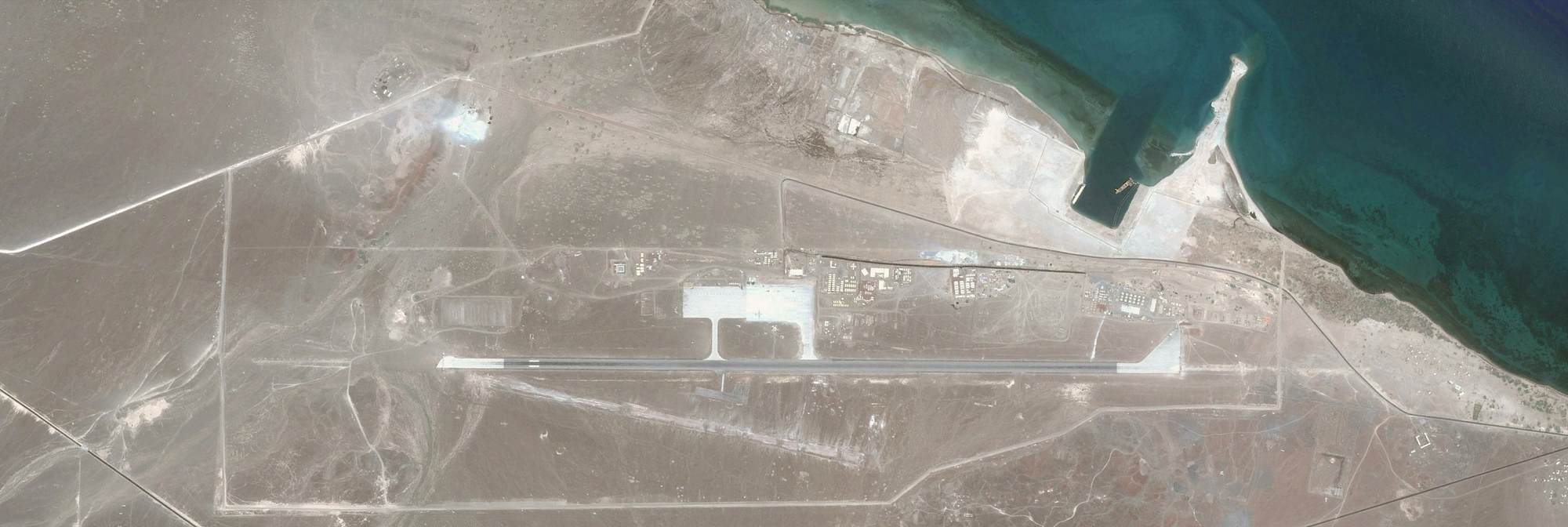By Sanchita Bhattacharya*
AUGUST 22, 2016
AUGUST 22, 2016
The death of Hizbul Mujahideen commander Burhan Wani in Kashmir Valley has once again provided a pretext to Jama’at-ud-Dawa (JuD) and its chief Hafiz Saeed to mobilise the Pakistani masses and amplify their anti-India rhetoric. JuD, under the leadership of Saeed, was the first one to take the lead with its “Azadi Caravan”. Setting out from Lahore on July 19, the caravan was expected to arrive in Islamabad on July 20. The caravan was received warmly in cities on the way, as participants kept joining the rallies. This rally was the first of the three stages of the movement that Saeed had described the process to be as at its start in Lahore. The stated purpose was to “wake up the Parliamentarians” in Islamabad.
The second stage, Saeed announced, would be to march to Chakothi, a small border town on Pakistan’s side of the Line of Control (LoC). “And in the third phase, we will march into occupied Kashmir (Jammu and Kashmir) and we will continue marching till Kashmiris get freedom,” he declared.
Many analysts within Pakistan see the free movement of JuD throughout the country as a continuance of state’s policy of supporting and sponsoring jihadists to attain the desired results. Interestingly, though JuD enjoys tacit support of Pakistani establishment, in a recent development, on April 27, 2016 a Pakistani judge directed the Punjab province to present its case on a complaint that was filed against JuD for running unauthorised Sharia courts in the eastern city of Lahore. The documents submitted to the court show that the group is accused of holding parallel Sharia courts where Islamic law experts decide family, civil and criminal law cases without official supervision.



